
Meet Zoom AI Companion, your new AI assistant!
Boost productivity and team collaboration with Zoom AI Companion, available at no additional cost with eligible paid Zoom plans.
Updated on October 09, 2025
Published on October 09, 2025
![The 17 best Miro alternatives for collaboration [2025] The 17 best Miro alternatives for collaboration [2025]](https://media.zoom.com/images/assets/miro-alternatives-hero.webp/Zz1mZDU2ZjY4YWI0MjQxMWYwOThmMTBhNjJiNTgwNWYzZA==)
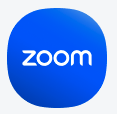
Team collaboration is key for any business, and in today’s digital world, more companies are turning to online whiteboards as a way to host brainstorming sessions, conduct trainings, and plan projects. Visual workspace platforms like Miro have become indispensable tools. However, some teams find they need features Miro doesn’t offer, leading them to search for Miro alternatives.
As teams grow and workflows evolve, the search for collaborative apps like Miro can be challenging. To save you some time, we’ve curated a list of 17 collaborative platforms. These are some of the best Miro alternatives on the market, and we chose them based on user reviews, features, and how they compare to Miro. You’ll find an overview of each platform, their G2 rating, and where they excel.
Miro provides teams with a platform for whiteboarding, a way to collaborate digitally by mapping out ideas or creating presentations. However, certain limitations may prompt users to explore alternative solutions.
Here are some of the common challenges users encounter with Miro:
The right Notion alternative depends on your needs, whether it’s better collaboration, stronger project management, or enhanced security. Here’s a quick breakdown of the top 14 alternatives, highlighting what each tool does best:
|
Miro alternative |
Best for |
Key features |
Pricing model |
|
Zoom Whiteboard |
Seamless in-meeting collaboration |
|
|
|
SmartDraw |
Automated professional diagramming |
|
|
|
EdrawMax |
Versatile and extensive diagramming |
|
|
|
Creately |
Intuitive collaboration |
|
|
|
Limnu |
Simple and tactile online whiteboarding |
|
|
|
ClickUp |
Project management |
|
|
|
Klaxoon |
Gamified workshops |
|
|
|
Whimsical |
Rapid visual prototyping |
|
|
|
FigJam |
Design-focused teams |
|
|
|
Excalidraw |
Freehand sketching |
|
|
|
Microsoft Whiteboard |
Microsoft 365 users |
|
|
|
Conceptboard |
Extensive template library |
|
|
|
Nuclino |
Streamlined team knowledge management |
|
|
|
Draw.io |
Versatile diagramming |
|
|
|
Sketch.io |
Browser-based vector graphics and basic digital drawing |
|
|
|
Mural |
Facilitated visual workshops |
|
|
|
Lucidspark |
AI-driven idea generation |
|
|
*Pricing based on available information as of April 2025.
Each of the following Miro alternatives offers unique features and functionalities, catering to diverse collaboration needs.*
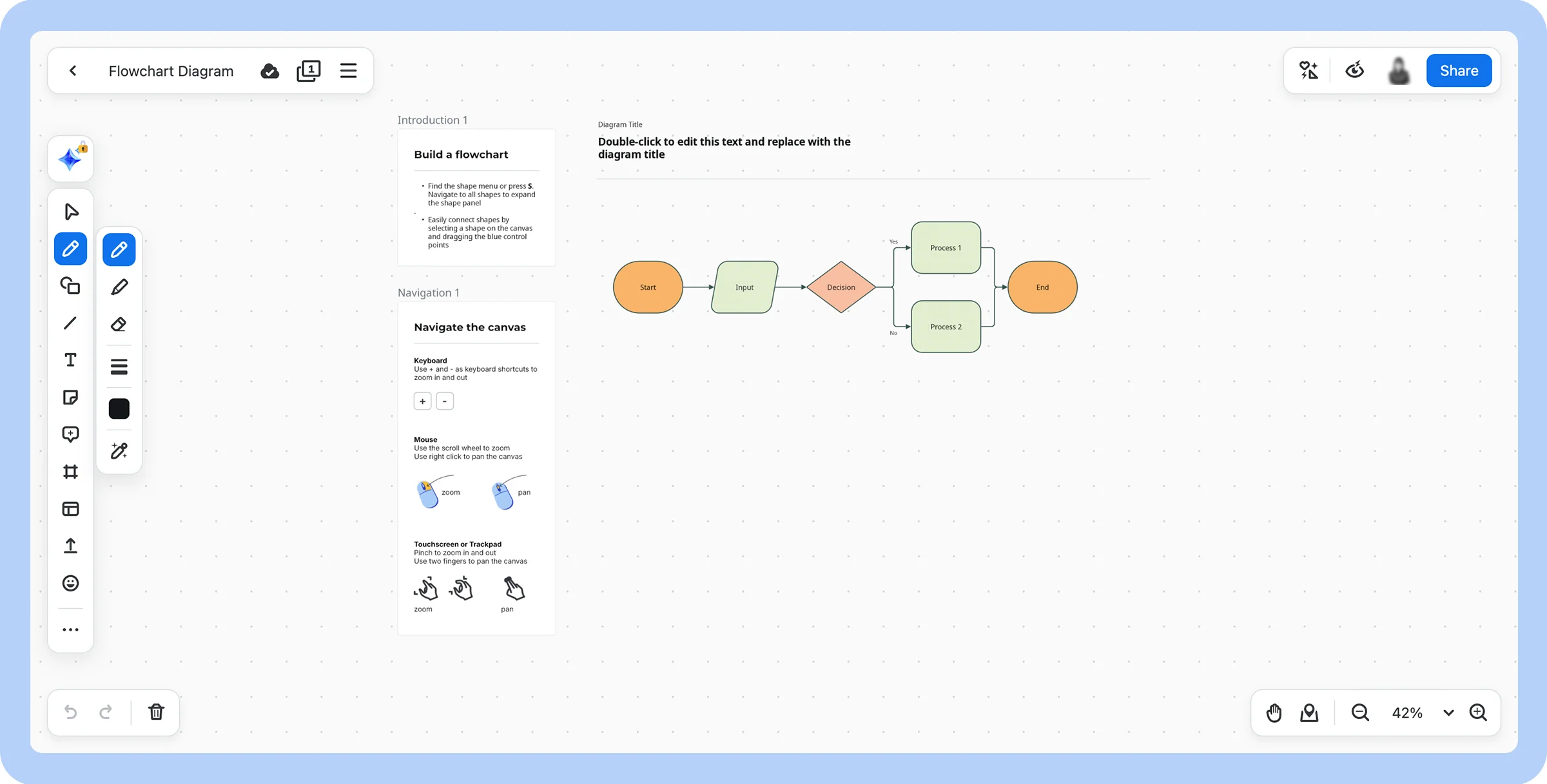


Seamless in-meeting collaboration
Integration with Zoom Meetings
Intuitive and easy to use
AI assistance with complex diagram creation
Brief learning curve for new users
Persistent whiteboards accessible in and out of meetings
Infinite canvas
Cross-platform integration
Interactive tools
Real-time collaboration
AI Companion (for Pro plans and above)
Data encryption and features like bulk migration from other tools
Basic: Included in Zoom Workplace Basic (free) and Pro plans up to three boards
Unlimited: Included with Zoom Workplace Business plans
Plus: Included in Enterprise Plus or as a separate add-on
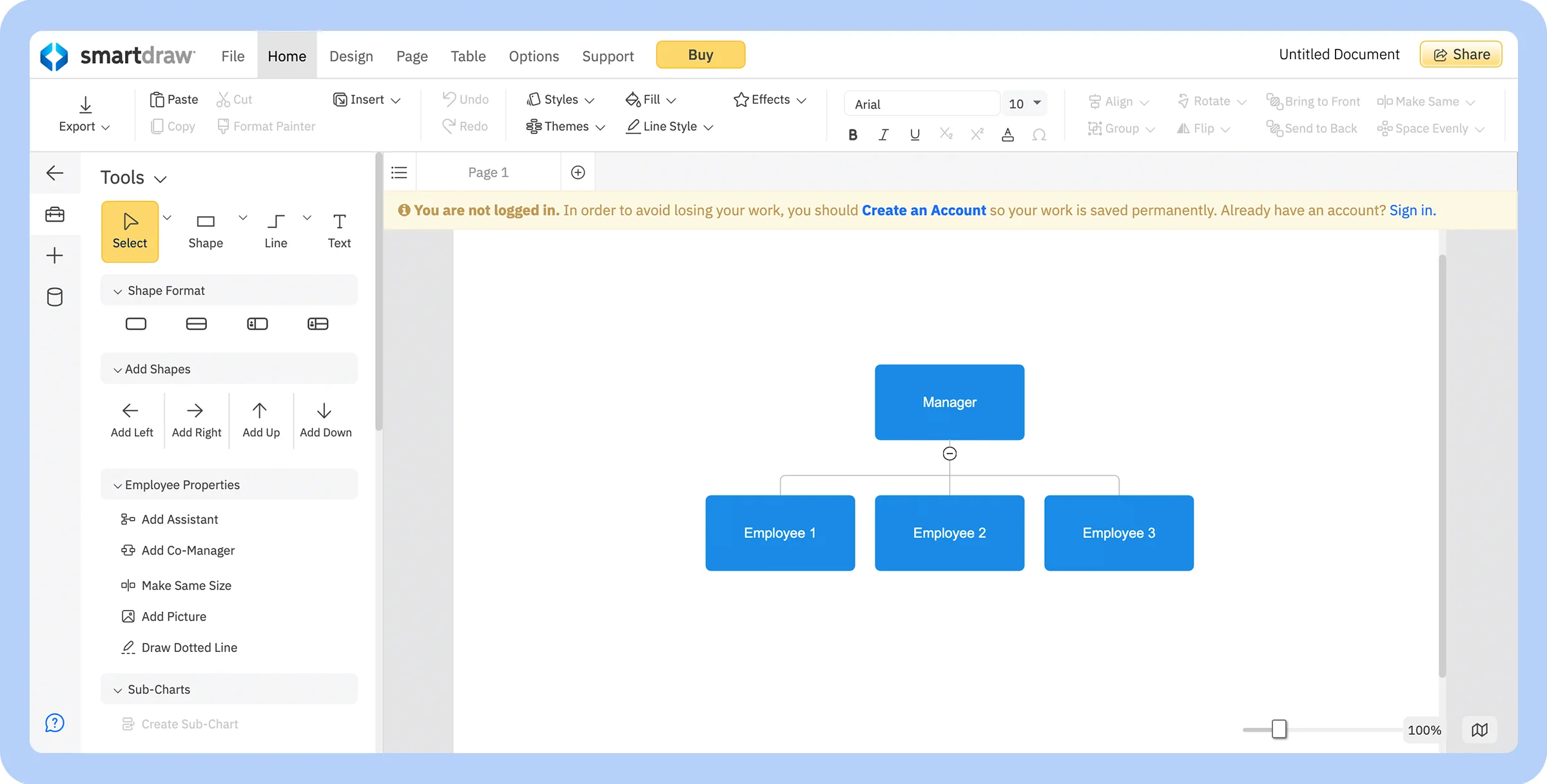

Automated professional diagramming
Template variety
Automation tools
Limited collaboration capabilities
Issues with object alignment
Automated diagram creation
Template library
Diagram sharing with links
Individual Plan: $9.95/month
Team Plan: $8.25/user/month (3+ users)
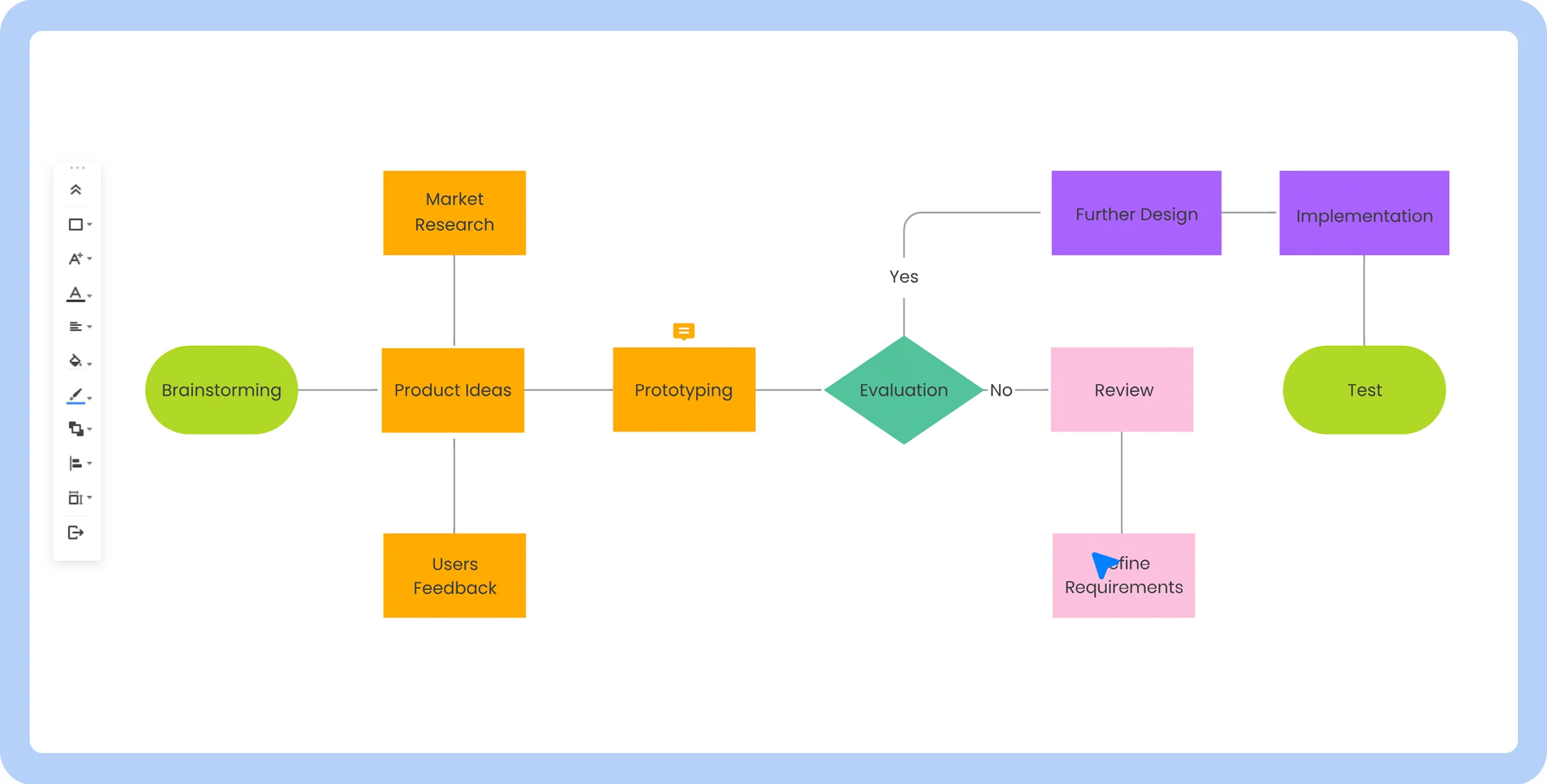
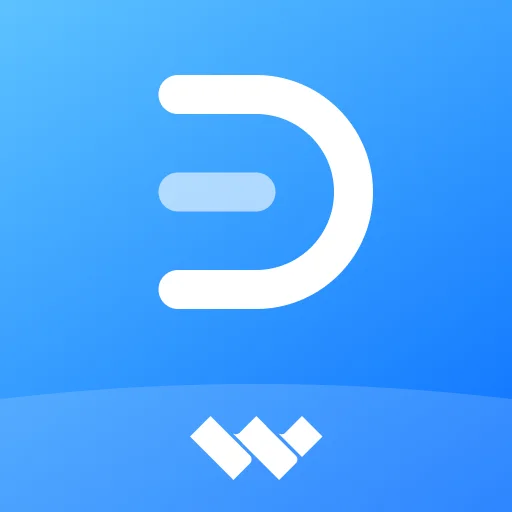
Versatile and extensive diagramming
Compatible with multiple operating systems
User-friendly interfac
Can be overwhelming for beginners
Limited AI features
AI diagramming
210 diagram types
Multi-format exports
$9.92/user/month (billed annually)
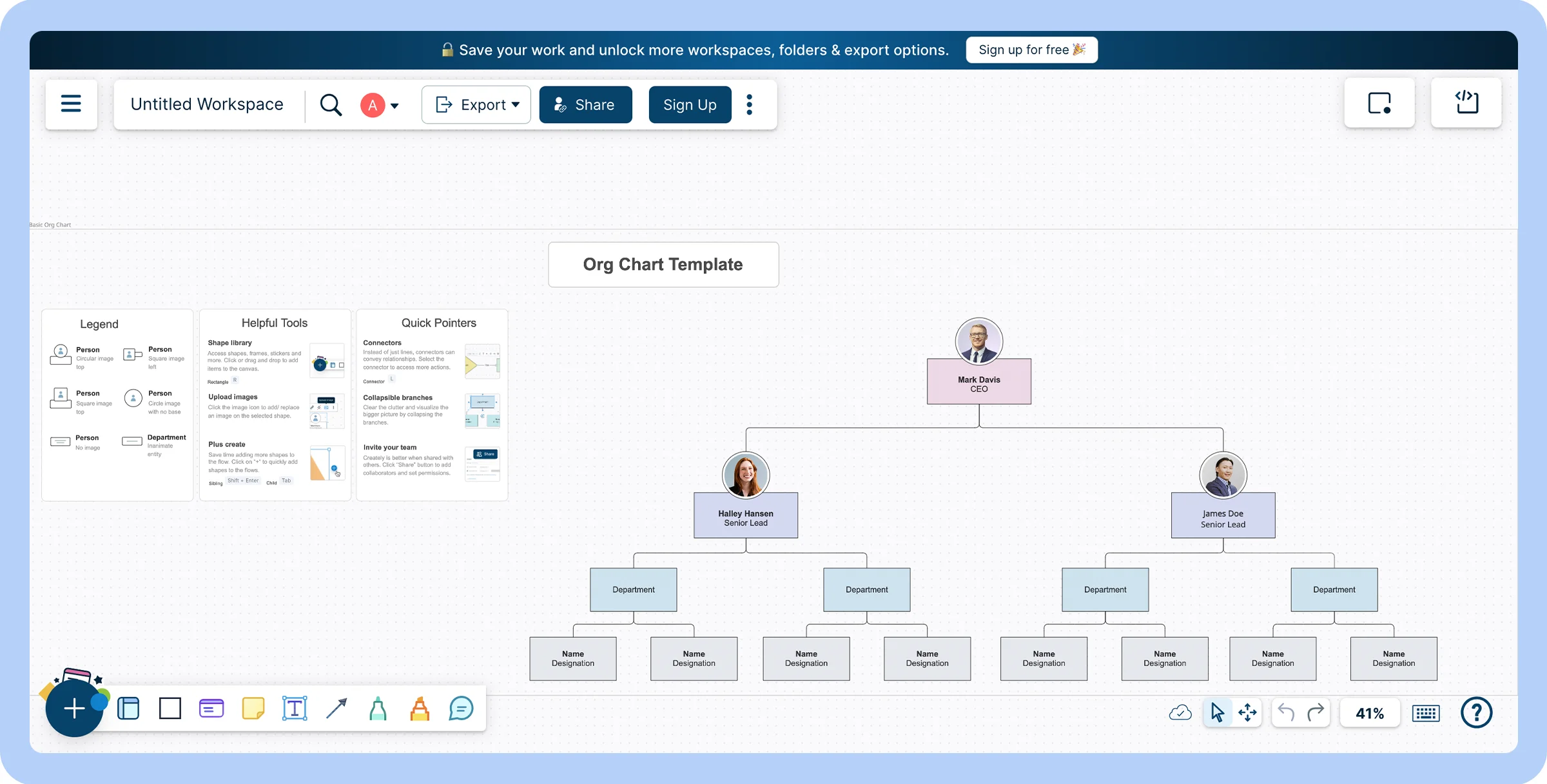

Intuitive collaboration
Extensive template library
Real-time editing capabilities
Lacks certain specialized templates
Performance issues and bugs
Infinite canvas
Template library
Data-linked visuals
Personal: $5/month
Team: $5/user/month
Business: $89/month
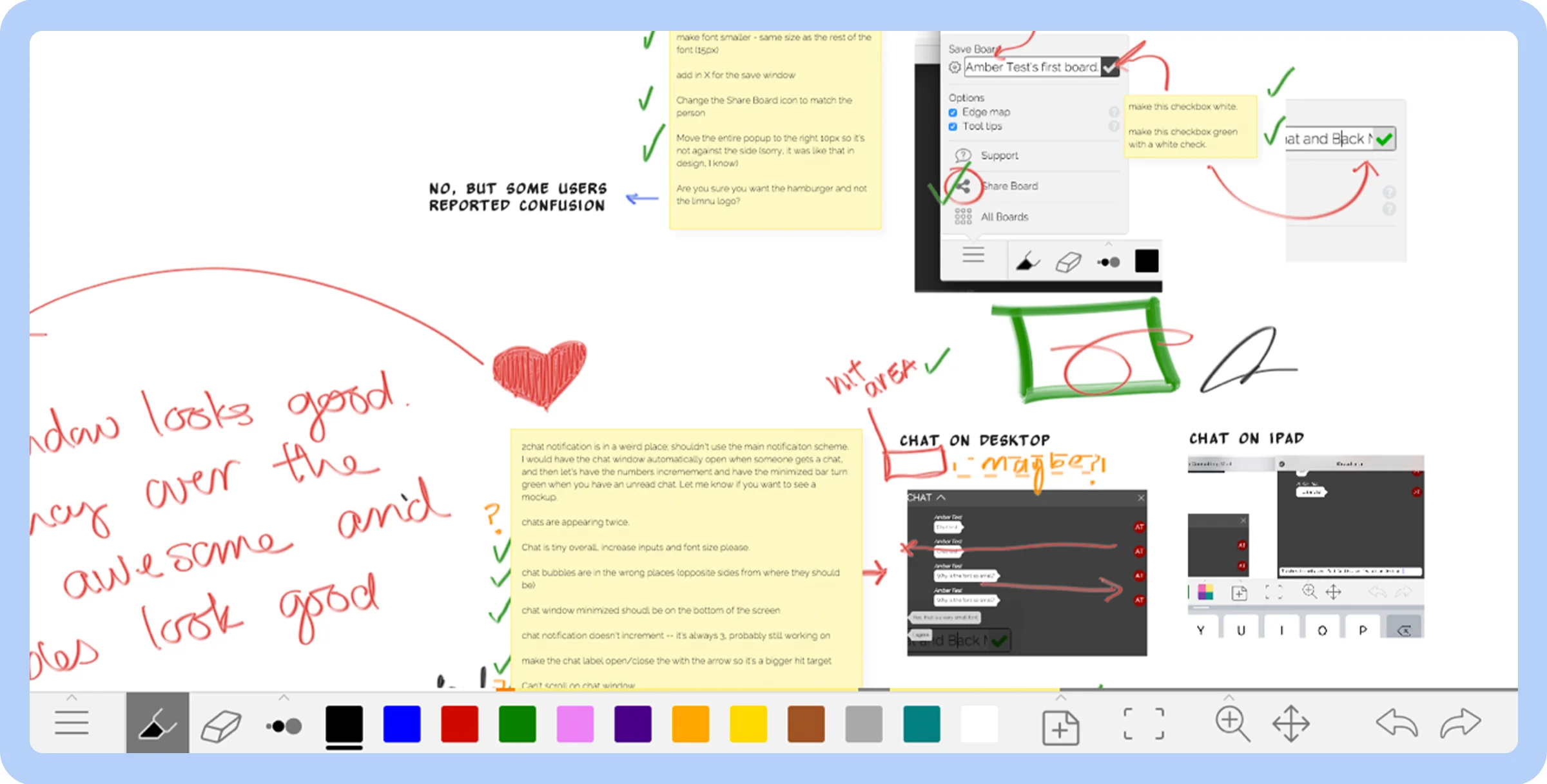

Simple and tactile online whiteboarding
Available on iOS devices and web browsers
User-friendly interface
Difficult-to-use erase feature
Issues with integrations
Sketching tools
Admin controls
API
Free
Team Plan: $8/user/month
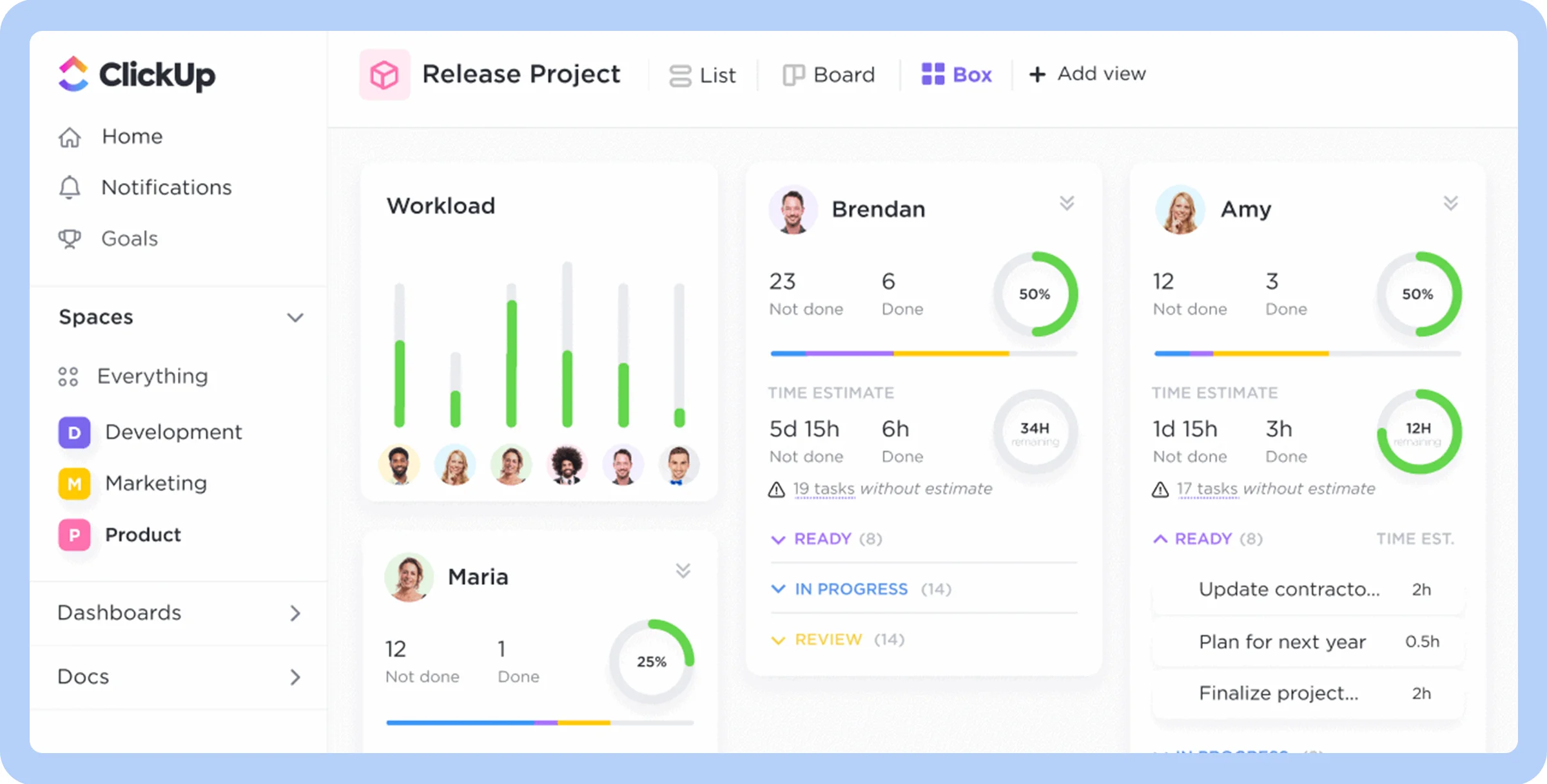
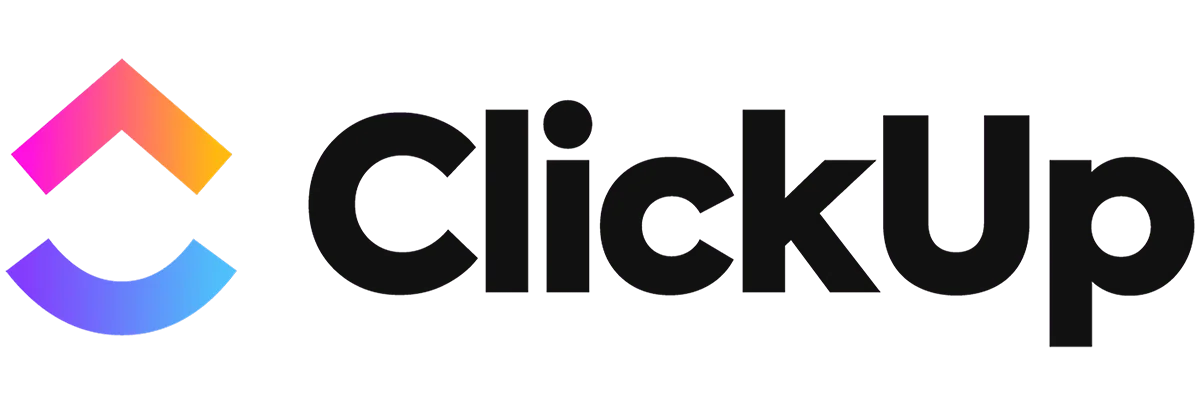
Project management
Supports Kanban boards, Gantt charts, and calendars
ClickUp Brain helps automate tasks
Can be overwhelming for new users
Slow loading times
Customizable task management
Multiple views
Time management tools
Free
Unlimited: $7/user/month
Business: $12/user/month
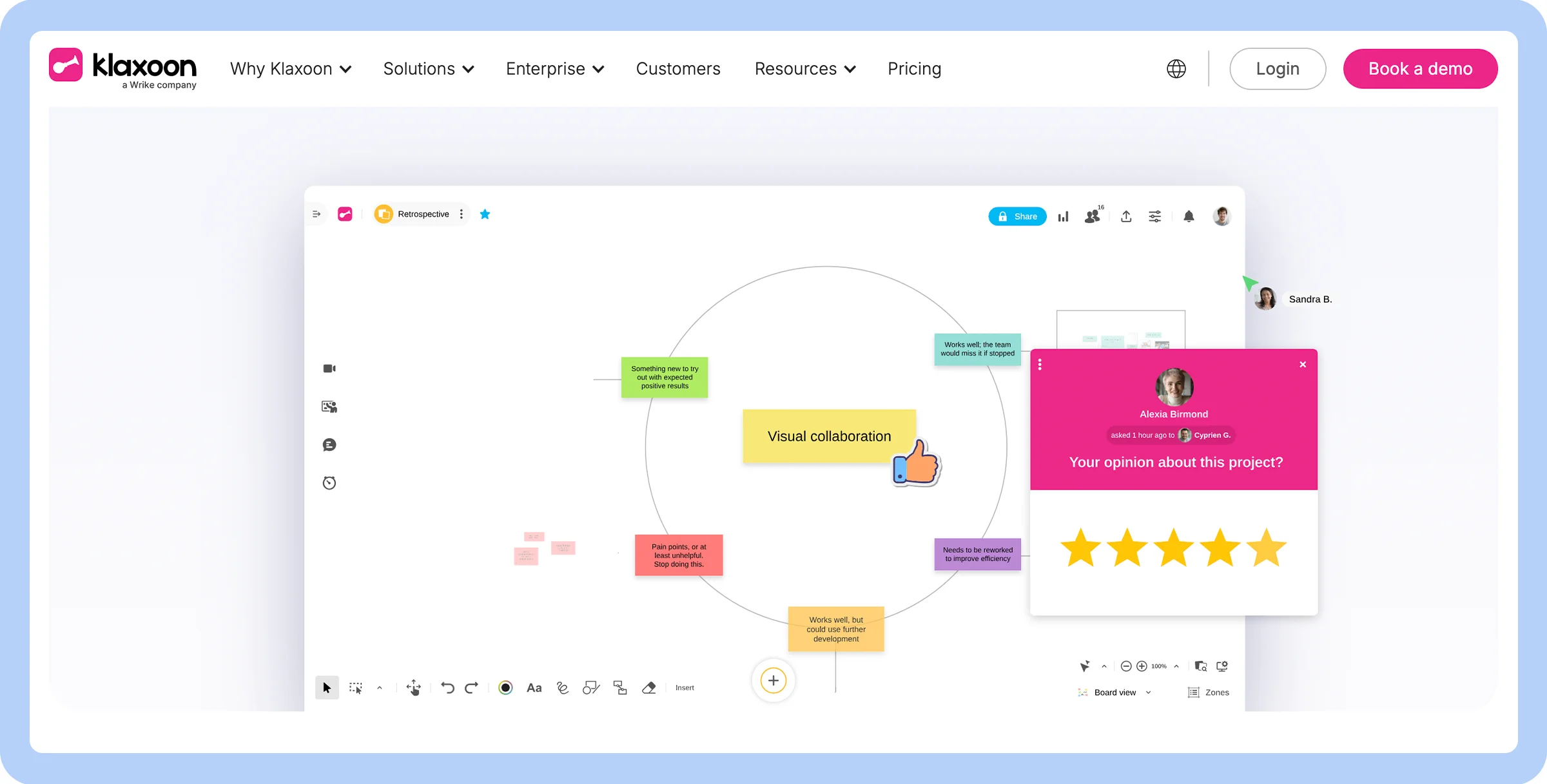

Gamified workshops
9 interactive tools
Measures participant engagement
Complex user interface
Learning curve for new users
Customizable themes
Gamified tools
Engagement measurement
Free
Starter: $24.90/user/month
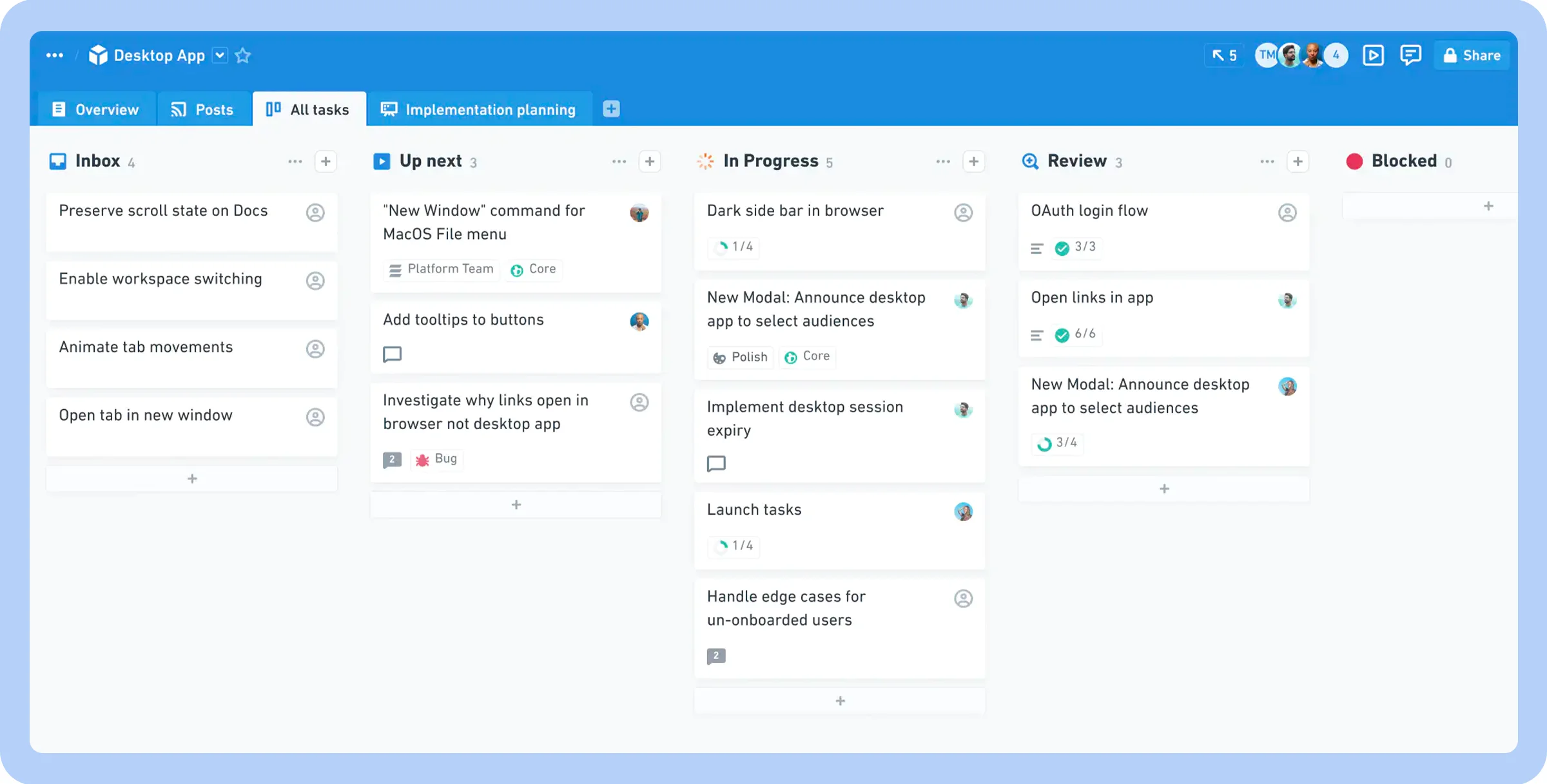

Rapid visual prototyping
Collaborative mind mapping capabilities
Intuitive tools for early-stage designing
Offline mode limitations
Lacks key exporting formats
Infinite canvas
Project management
Templates
Free
Pro: $10/editor/month
Business: $15/editor/month
Enterprise: $20/editor/month
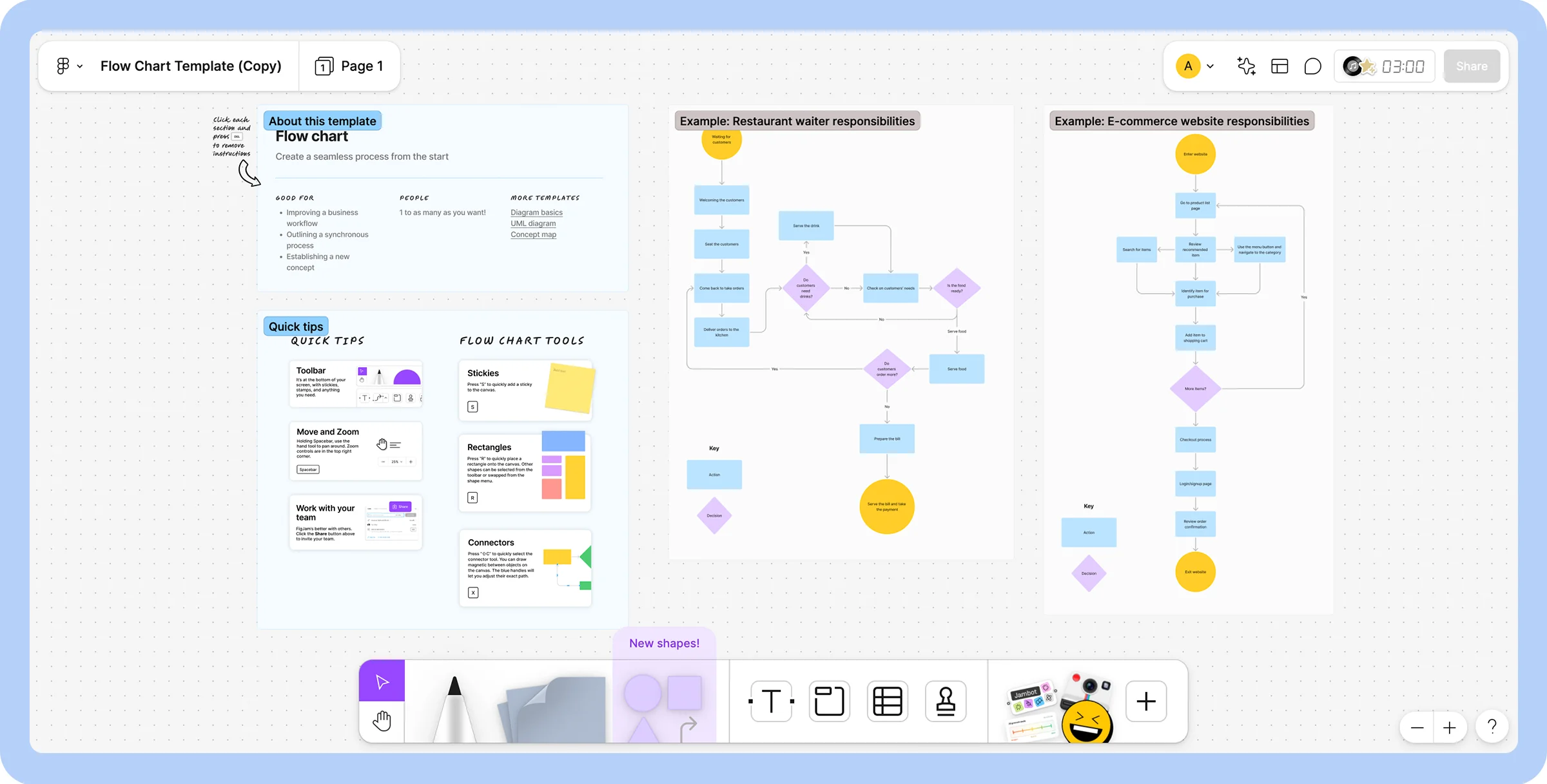
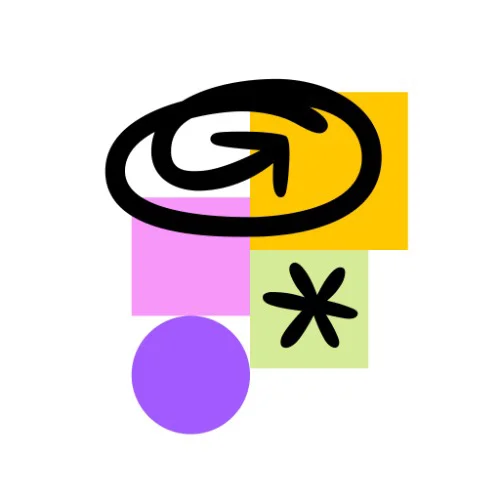
Design-focused teams
Simple user interface
Seamless integration with Figma
Lacks integrations and features
Performance issues
Interactive tools
AI task automation
300+ templates
Free
$5/user/month (billed annually)
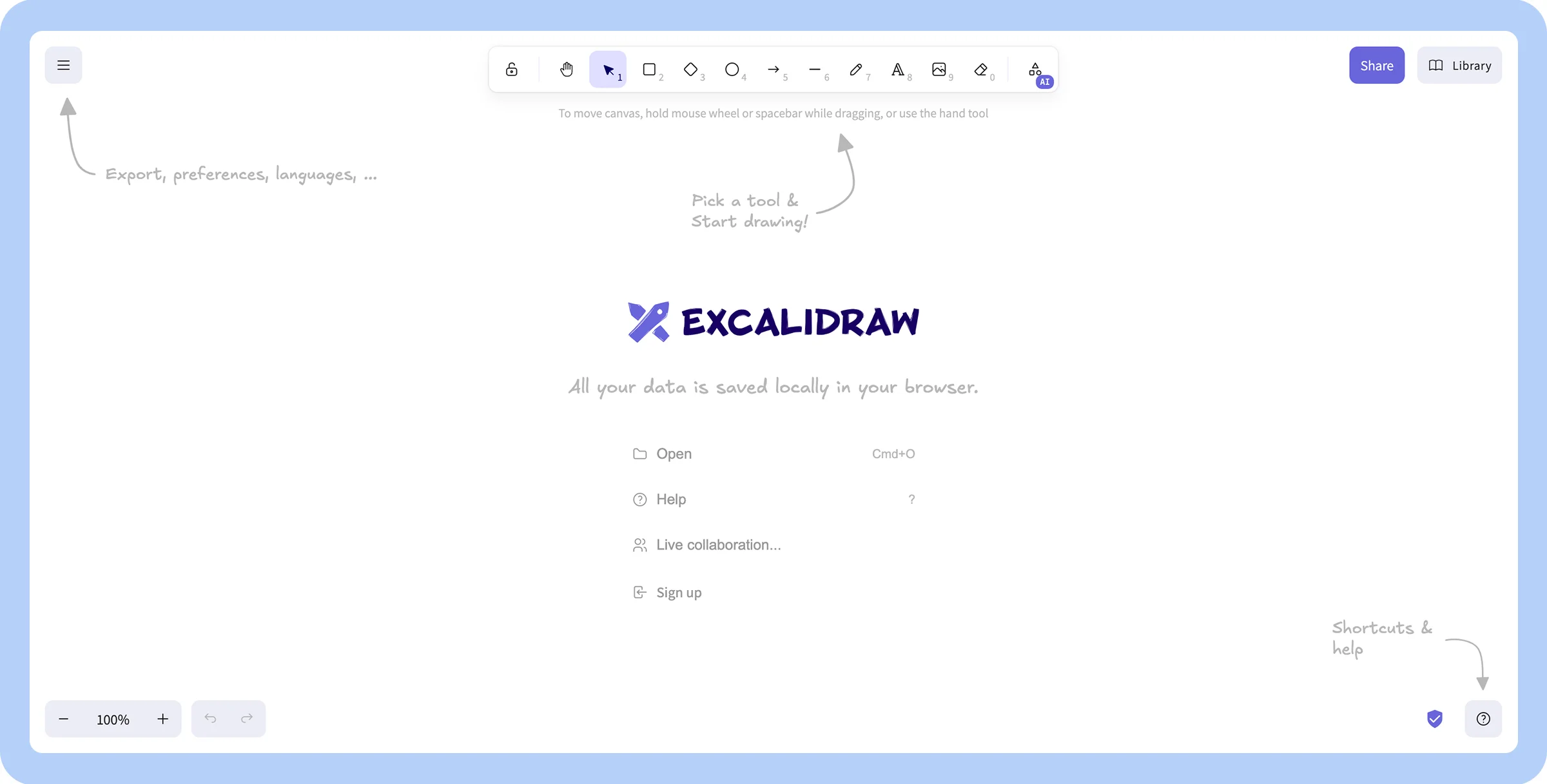

Freehand sketching
Easy for new users
Exports drawings in multiple formats
Complex diagramming limitations
Buggy on iPad with Apple Pencil
Hand-drawn aesthetic
Multiple export options
End-to-end encryption
Free
Plus: $6/user/month (billed annually)
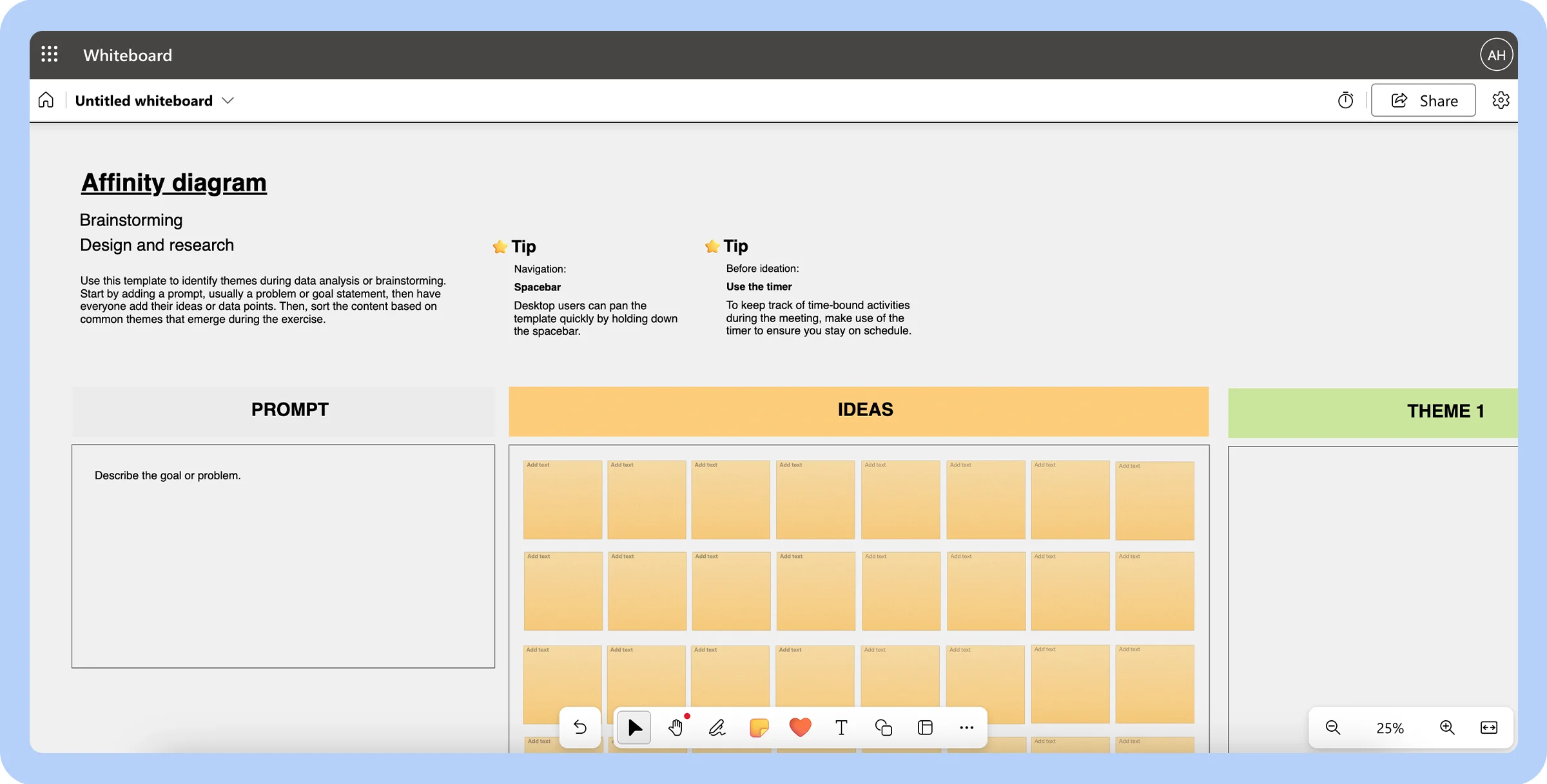
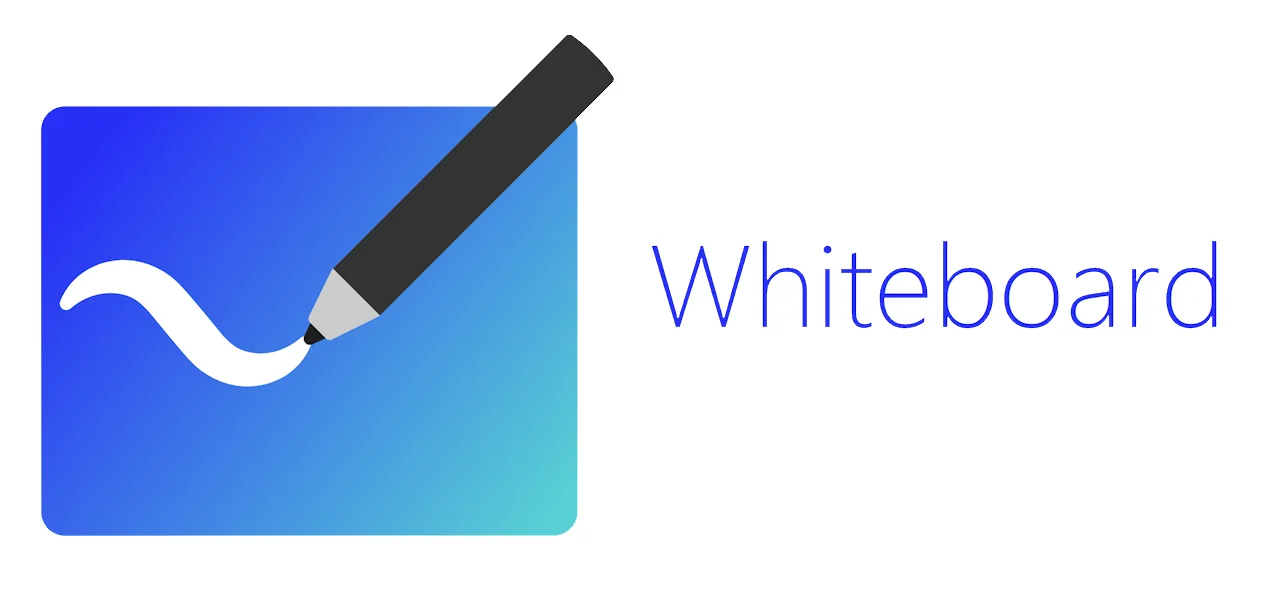
Microsoft 365 users
Multiple users can edit simultaneously
Simple and intuitive
Limited toolset
No offline functionality
Cross-device compatibility
Interactive content
Collaborative cursors
Free with Microsoft 36
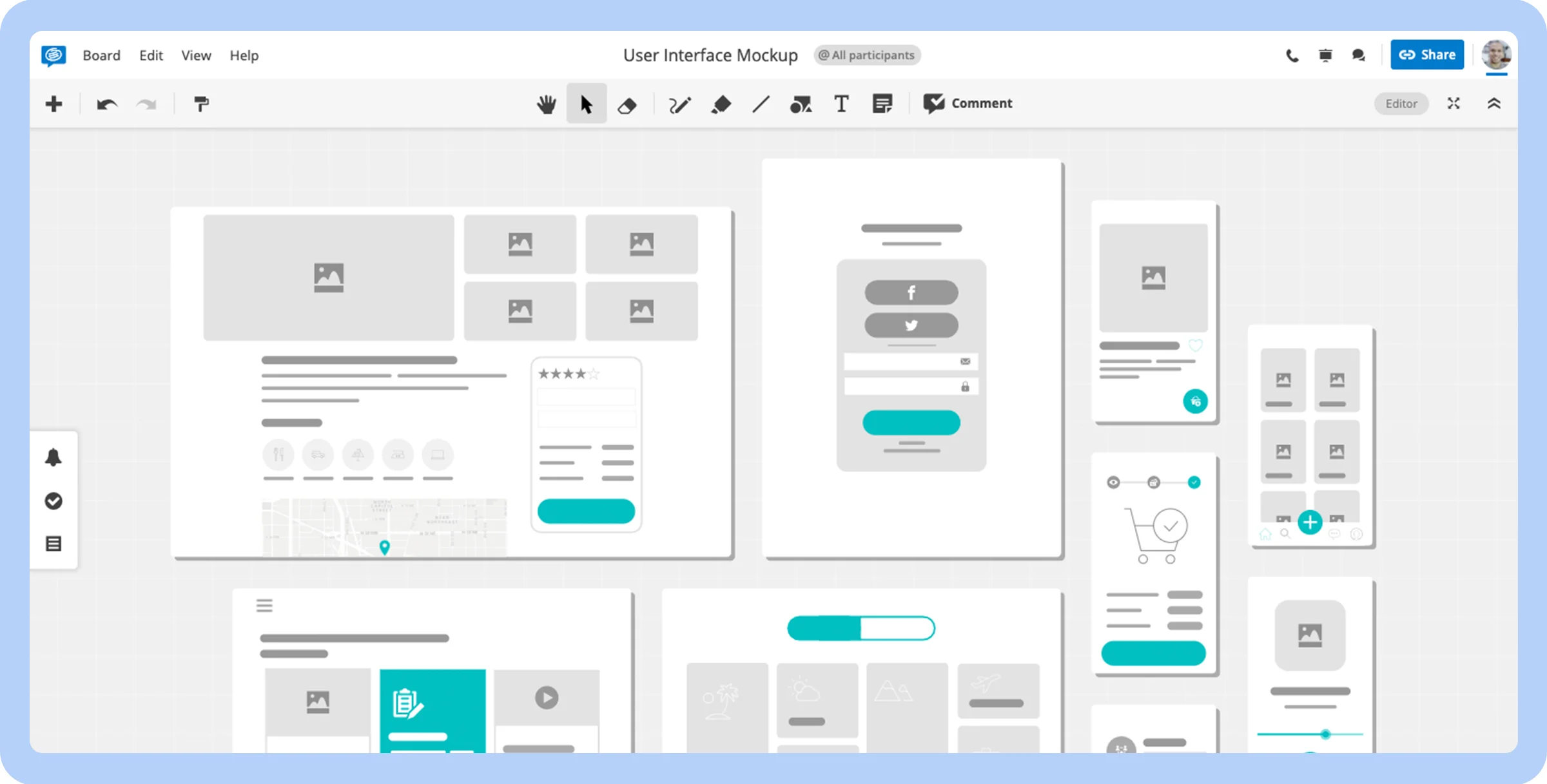
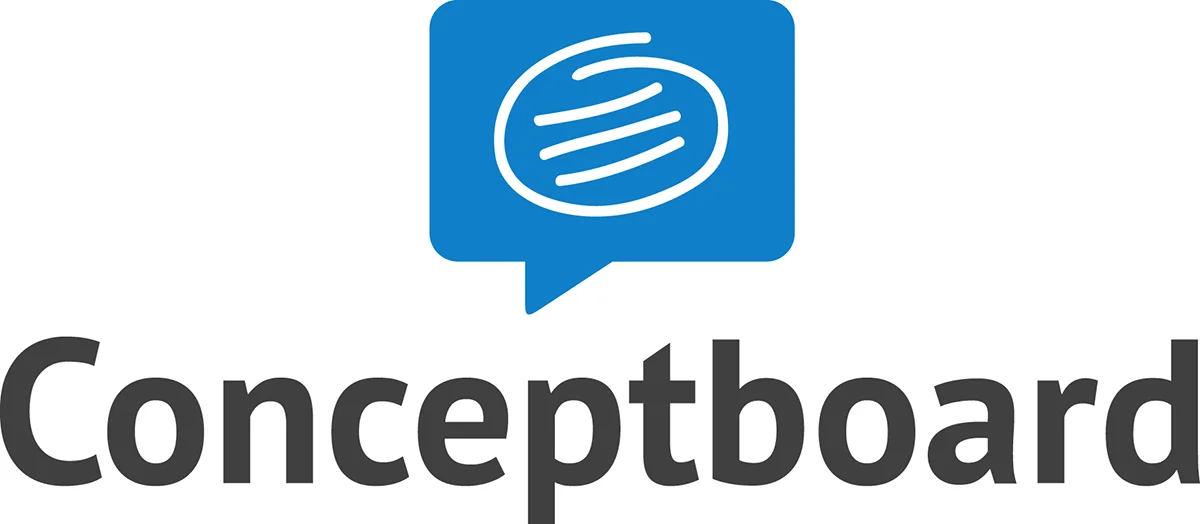
Extensive template library
Stable performance
Task management helps keep projects on track
Limited integrations
No mobile or desktop app versions
Infinite canvas
Video and audio calling
Template library
Free
Premium Plan: $6/user/month (billed annually)
Business Plan: $12/user/month (billed annually)
Enterprise Plan: Starts at $16/user/month (billed annually)
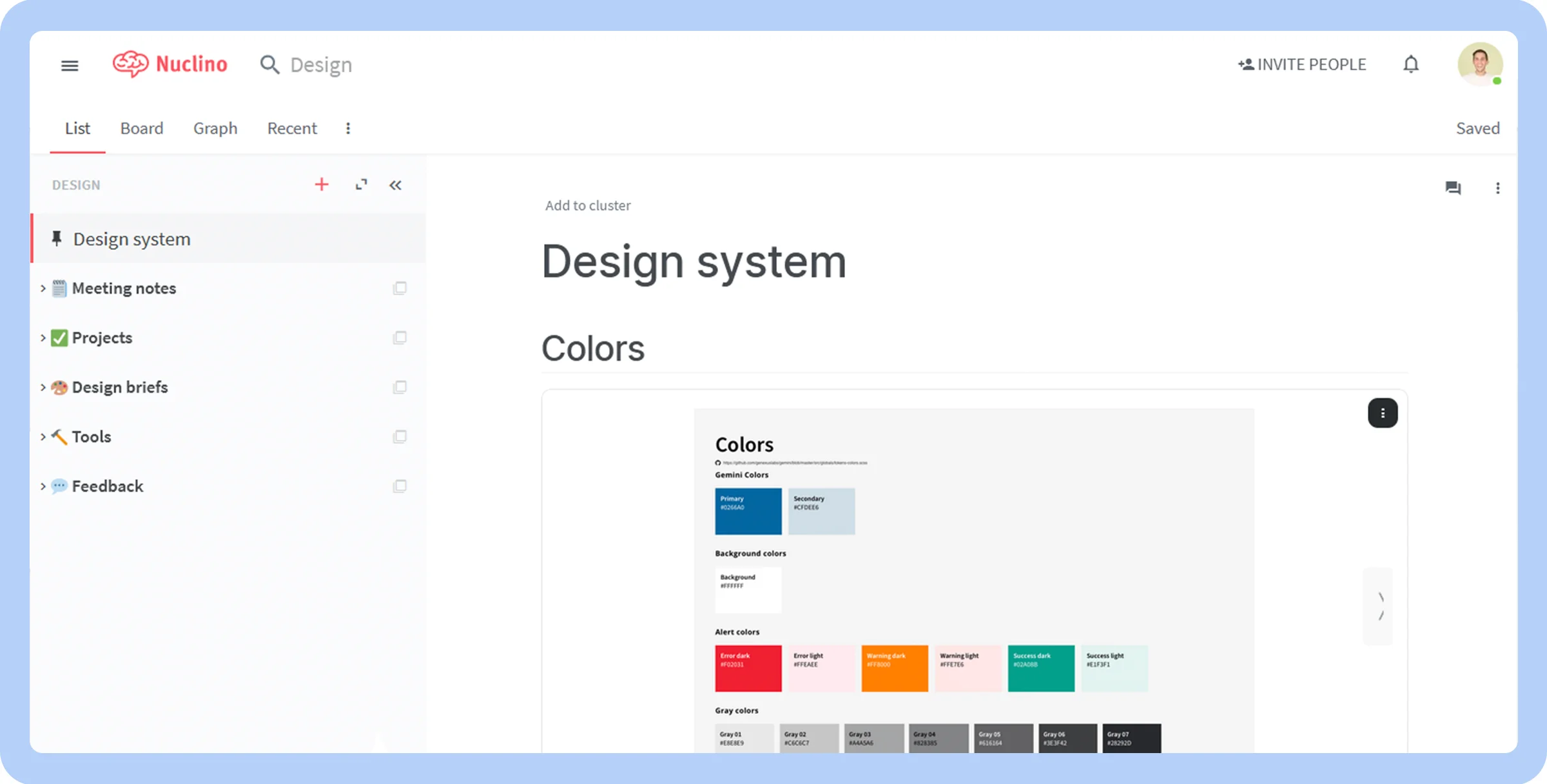

Streamlined team knowledge management
Flexible content management options
Connects with a variety of other platforms
Restrictive for complex workflows
Limited storage capacity without Business tier
Organization tools
Mobile and desktop access
AI assistance
Free
Starter: $6/user/month (billed annually)
Business: $10/user/month (billed annually)
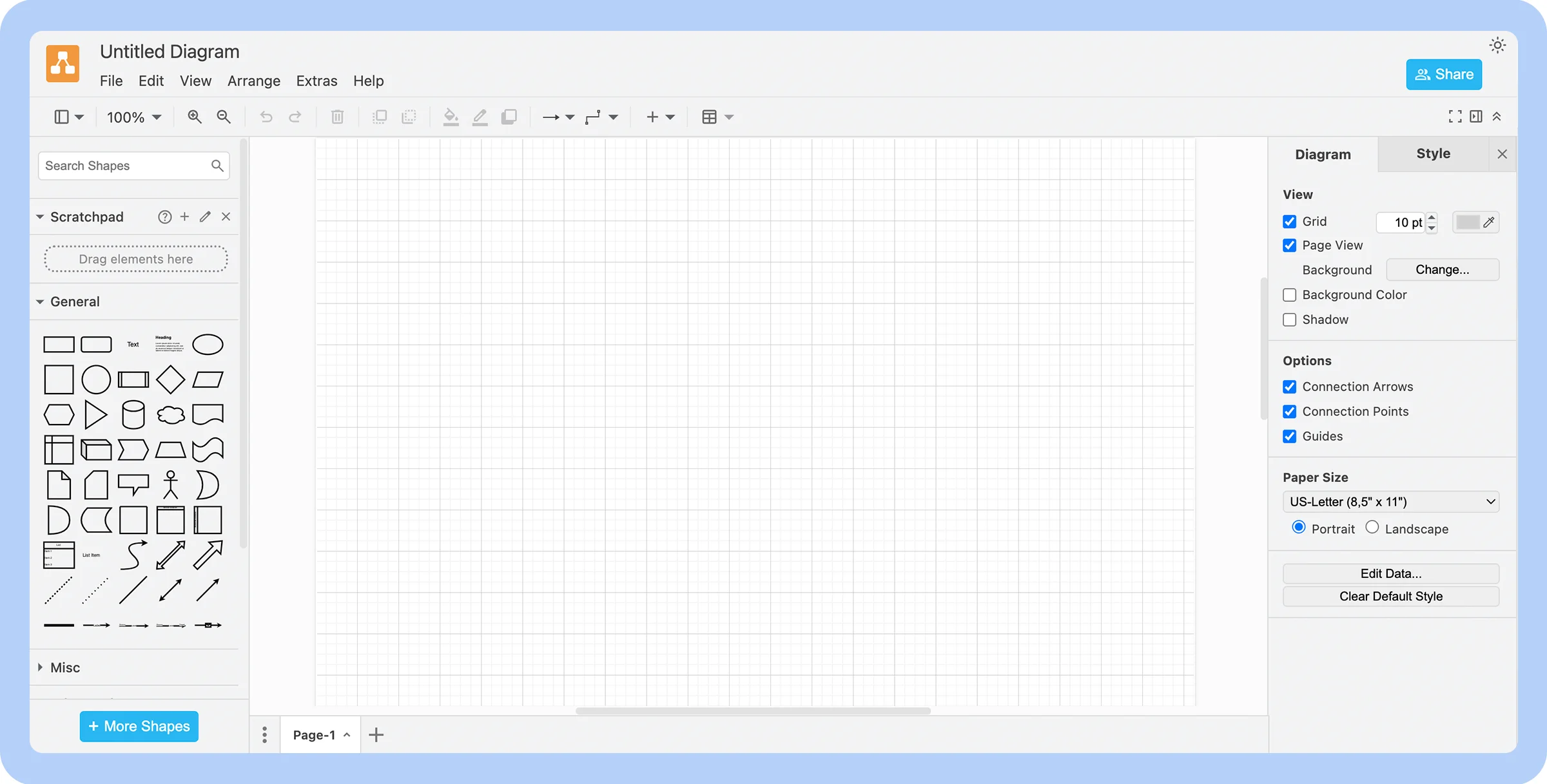
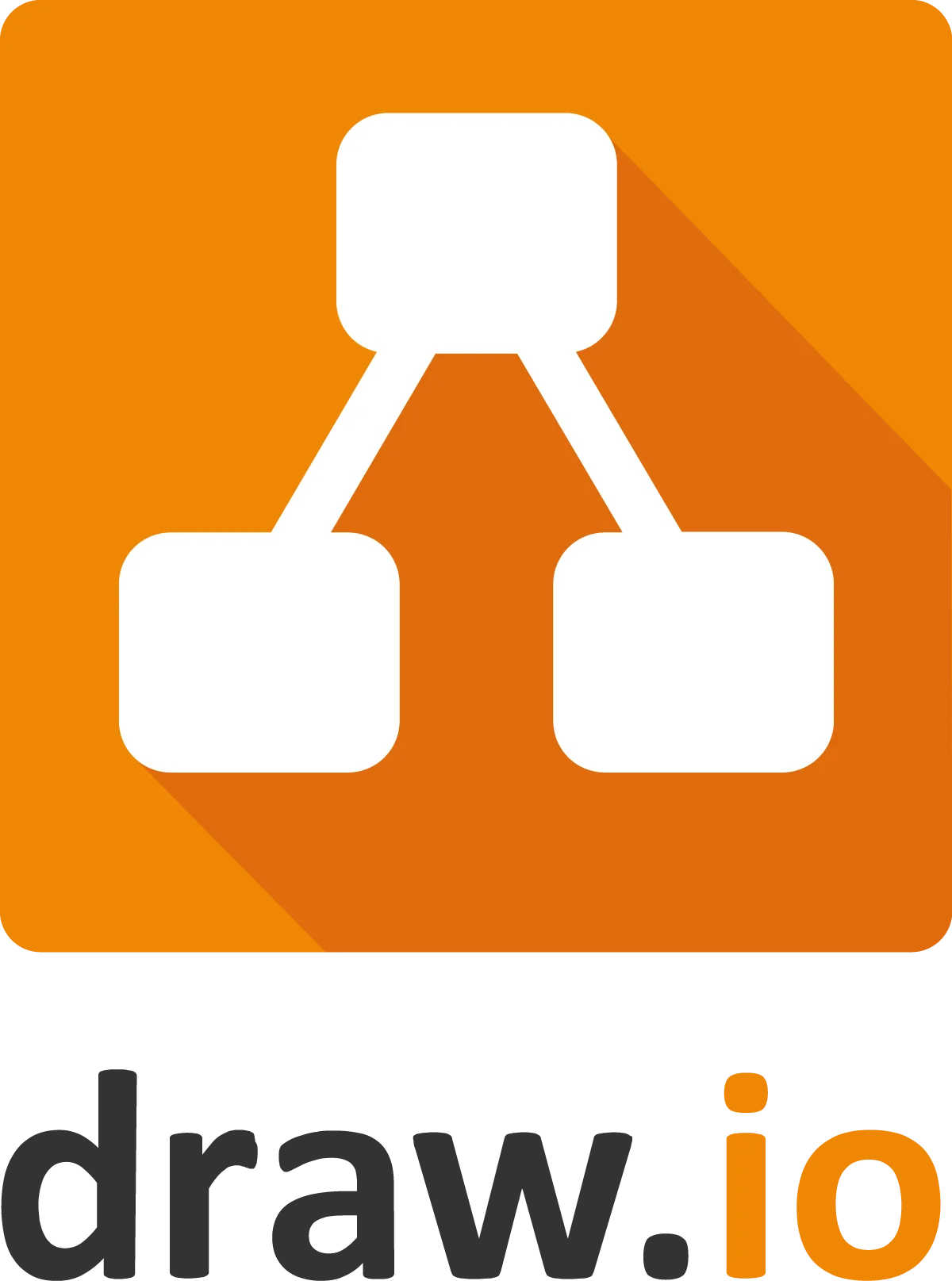
Versatile diagramming
Available for Windows, macOS, and Linux
Simple drag-and-drop functionality
Unintuitive interface
Various drawings bugs
Intuitive editor
Advanced diagramming tools
Range of diagram types
Free
Cloud: Billed annually and scales by number of users
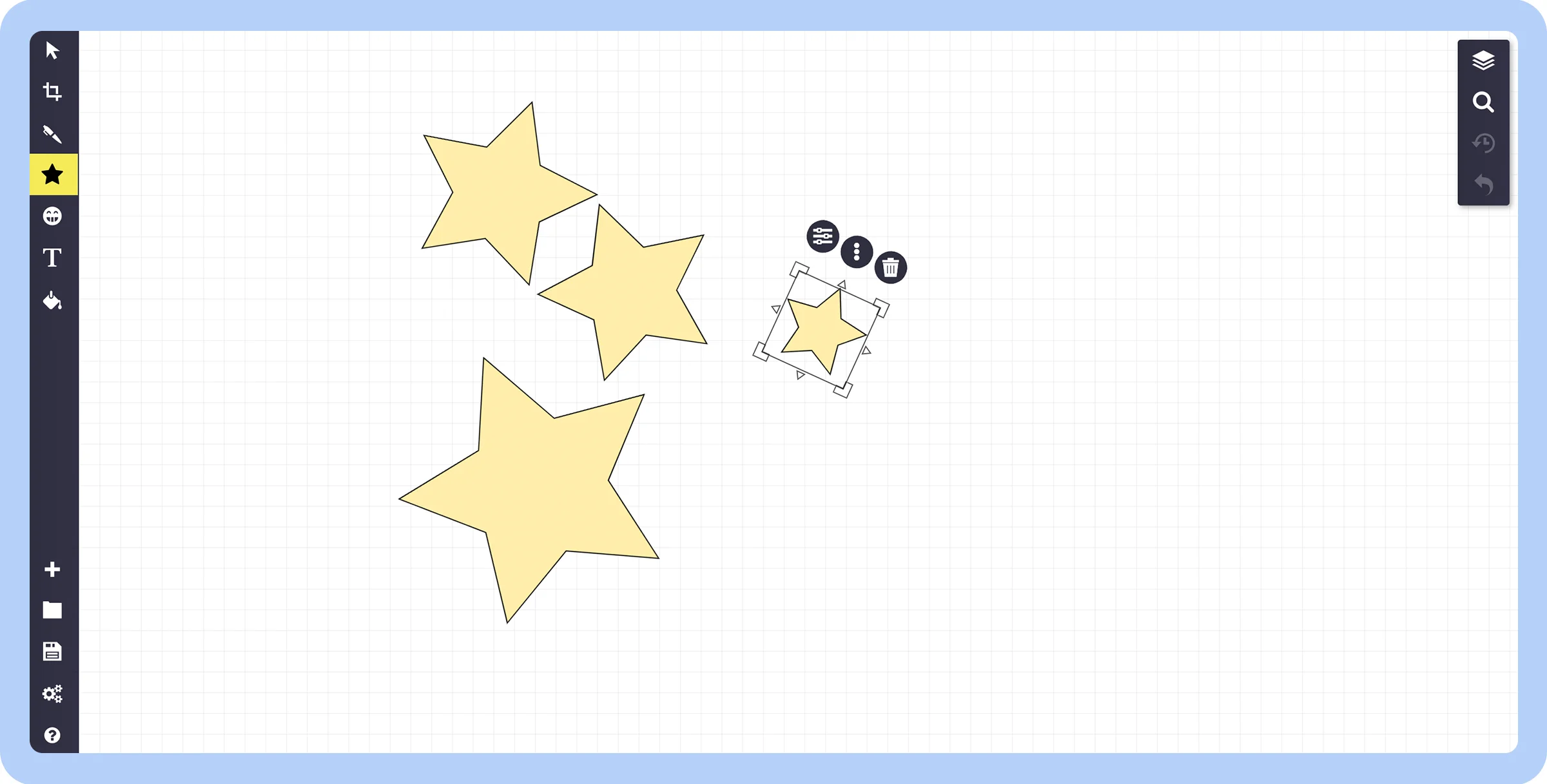
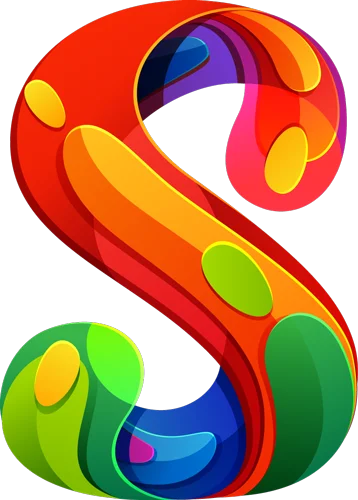
Browser-based vector graphics and basic digital drawing
Wide variety of tools
Free version doesn’t have ads
Difficult to navigate
Frustrating glitches
Cross-platform availability
Layer and shape tools
5,000 clipart images
Free
Premium: $3.99 -$299.99/year
Enterprise: $59-$399/year
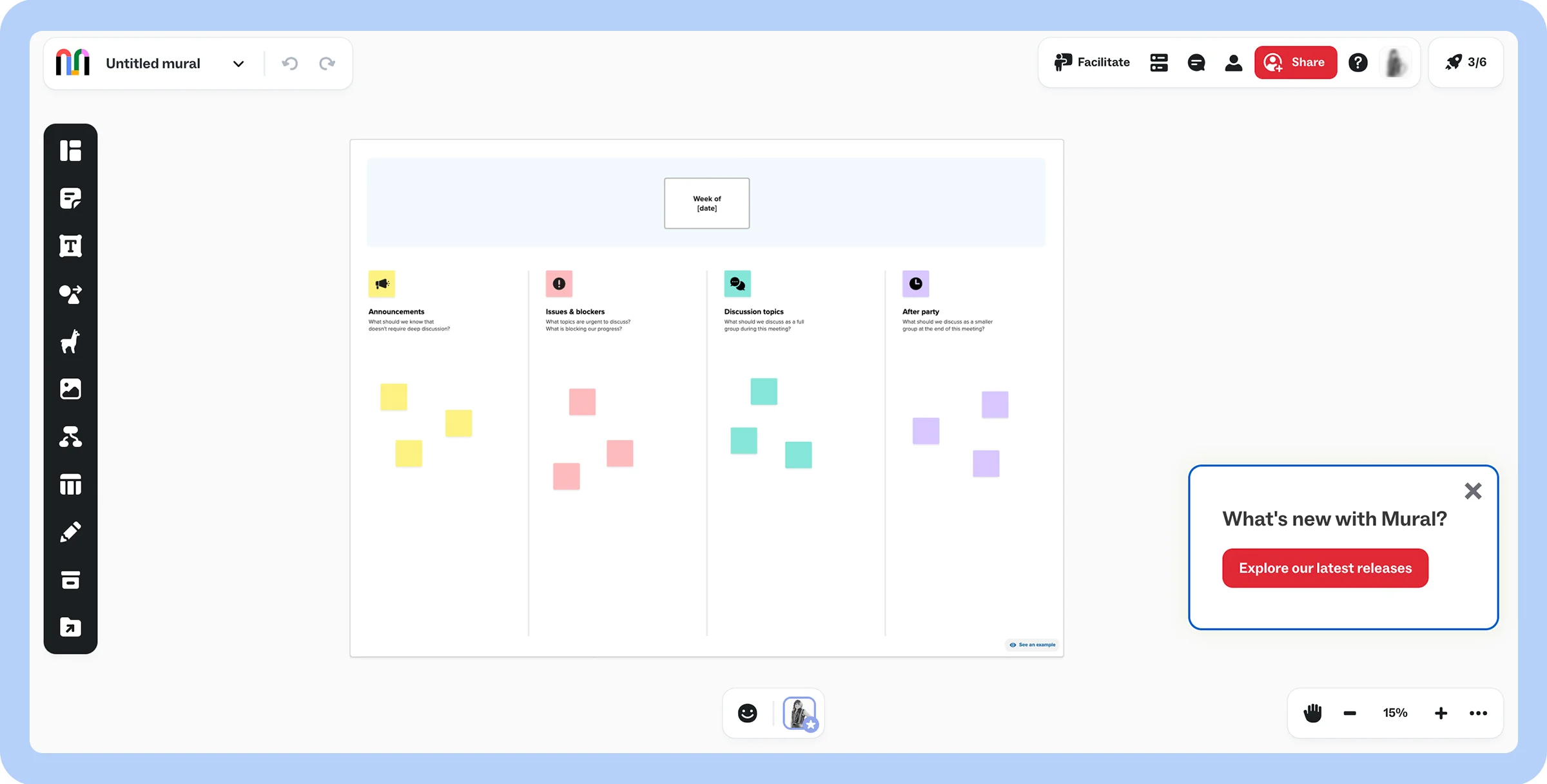
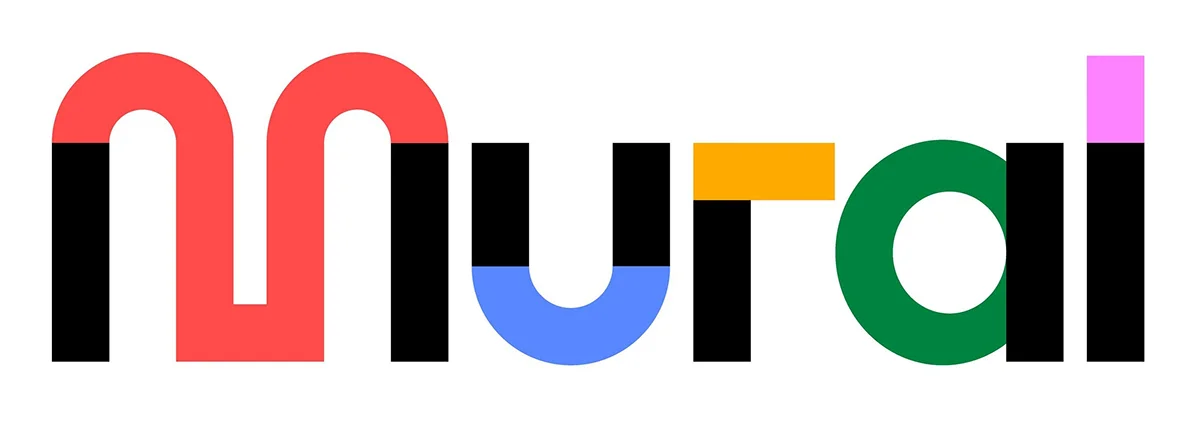
Facilitated visual workshops
Integrates with Microsoft Copilot
Participant engagement features
Mobile app limitations
No built-in video chat
Facilitation tools
Multimedia integration
Flexible permissions
Free
Team+: $9.99/user/month (billed annually)
Business: $17.99/user/month (billed annually)
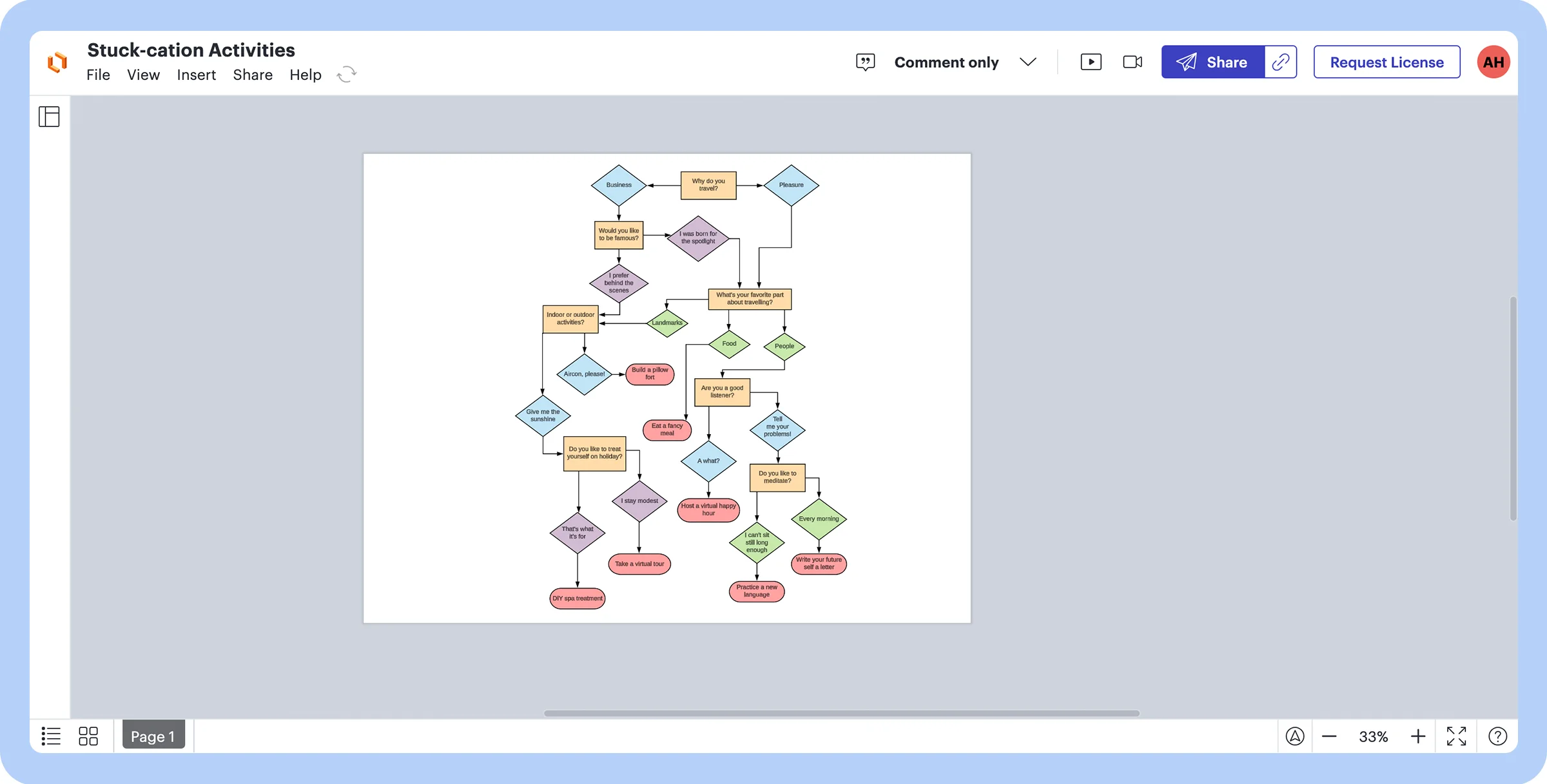

AI-driven idea generation
Clean and simple interface
Integrates with Zoom and Google Drive
Lacks some automation tools
Limited visualization features
AI assistance
Breakout boards
Idea voting system
Free
Individual: Starts at $9/user/month
Team: Starts at $10/user/month
Selecting the right digital whiteboard solution is crucial for fostering collaboration, sparking innovation, and streamlining visual workflows. Here are some considerations to help guide your decision:
The way teams collaborate has fundamentally changed, with visual platforms becoming essential for driving innovation and project execution. While Miro is one of the leaders in this space, the need for specialized features and tailored experiences has sparked a search for more targeted alternatives.
Choosing the right platform can be daunting, but if you’re looking for a way to unify your team’s communication, meetings, and collaboration in a single platform, Zoom Workplace is the tool for you. Zoom Workplace comes equipped with Zoom Whiteboard and an assortment of additional collaborative tools to assist your team with communication and productivity. For more information, see how Zoom Whiteboard stacks up in a side-by-side comparison vs. Miro, Lucid, and Mural.
To start your journey toward enhanced team collaboration, check out our plans and pricing for businesses of all sizes.